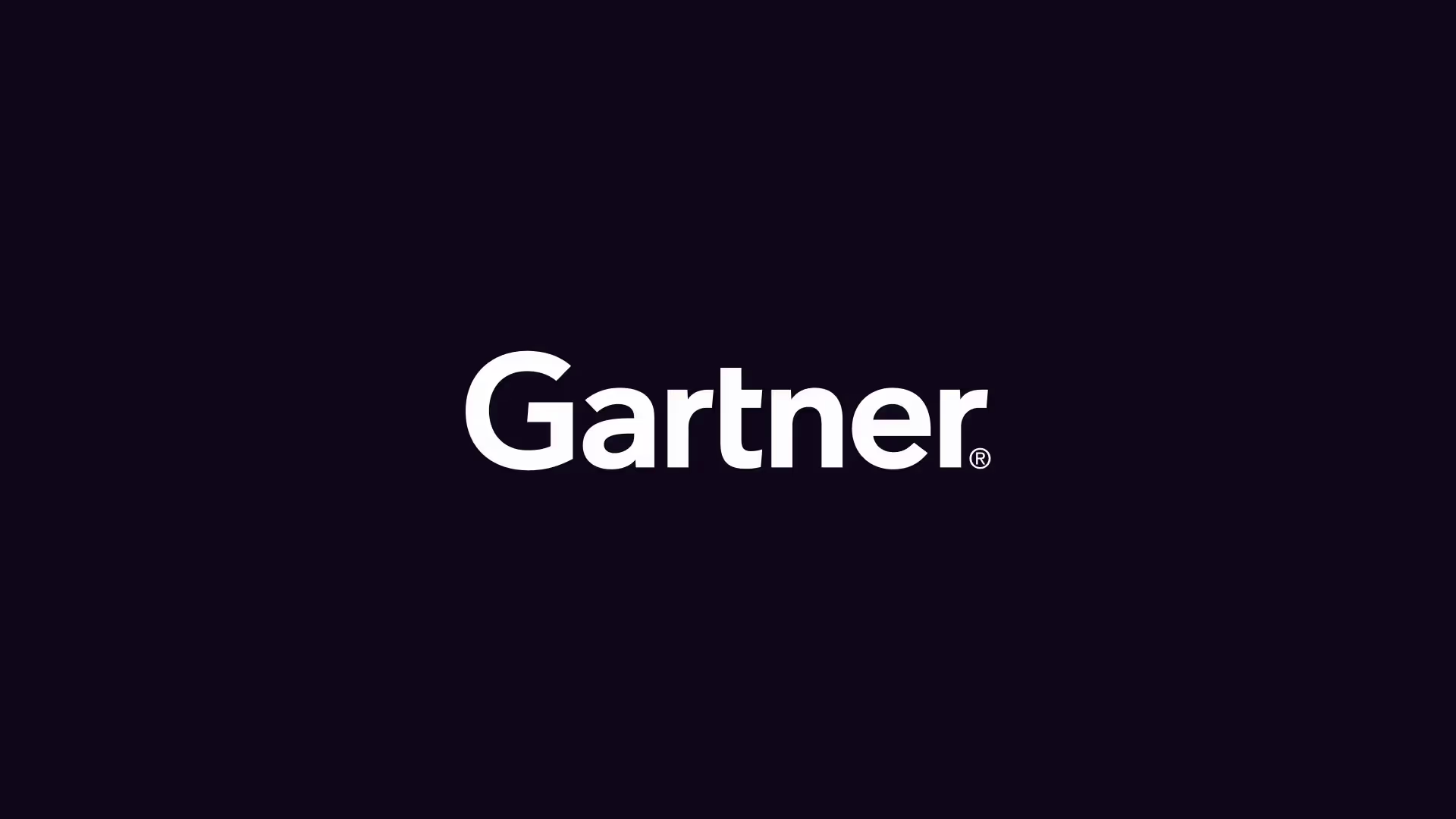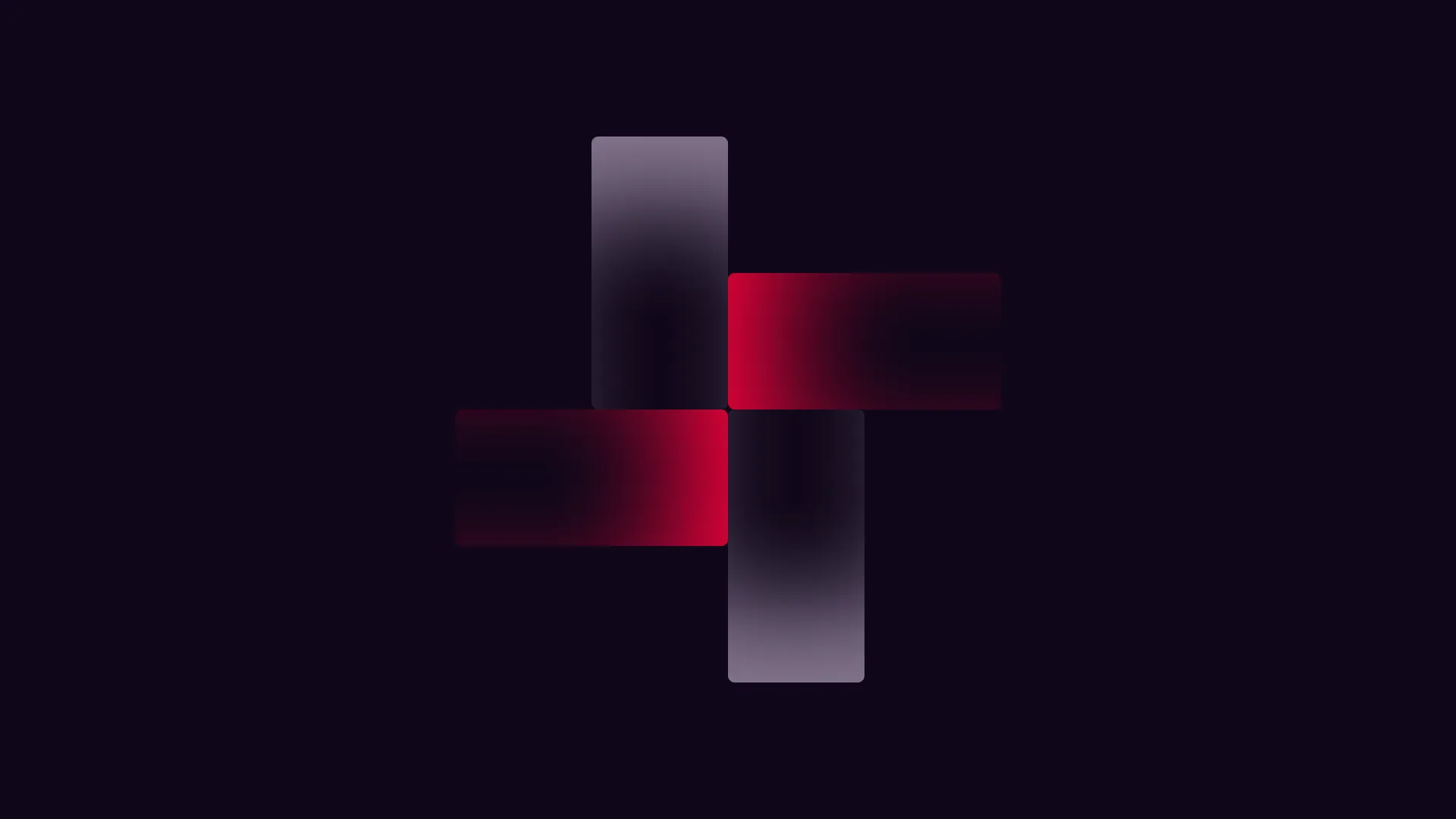
- The reactive approach to cybersecurity is obsolete due to the mean time to exploitation plummeting to just 5 days, necessitating a fundamental shift to Gartner’s Continuous Threat Exposure Management (CTEM) framework.
- Hadrian operationalizes the CTEM cycle through its unique Sense, Plan, Attack architecture, providing a continuous, autonomous engine that handles Scoping, Discovery, Prioritization, Validation, and Mobilization.
- The platform delivers high-fidelity, validated results by using AI to generate bespoke exploits and providing a 100% validated results filter, which ensures security teams focus only on verified risks and leads to an 80% reduction in MTTR.
The cybersecurity landscape has reached a critical inflection point. No longer is it enough to conduct annual penetration tests or run periodic vulnerability scans. With the mean time to exploitation plummeting—from 63 days in 2018-19 to just 5 days in 2024 according to Mandiant data—security teams are overwhelmed, with 74% of organizations accumulating technical debt in the last year. This relentless pace demands a fundamental shift: a move from a reactive, check-the-box approach to a proactive, continuous, and validated security strategy.
This is the principle behind Gartner’s Continuous Threat Exposure Management (CTEM) framework. For organizations seeking a tangible way to activate this powerful, five-stage process, Hadrian’s offensive security platform, built on its unique Sense, Plan, Attack structure, provides the necessary continuous and autonomous agentic validation.
CTEM is the new standard for proactive security
CTEM is not a tool. It is a proactive, cyclical framework for systematically identifying, validating, prioritizing, and remediating cyber exposures across an organization’s entire attack surface. Gartner introduced CTEM to combat the shortcomings of traditional vulnerability management, which often results in false positives and an inability to focus on the small fraction of exposures that attackers are actually exploiting. Organizations adopting a CTEM-guided program are predicted to be three times less likely to suffer a breach.
The framework operates in a continuous, five-stage loop:
- Scope: Define the mission-critical assets, business objectives, and attack surfaces to focus on.
- Discover: Identify all relevant assets, vulnerabilities, misconfigurations, and other weaknesses within that scope.
- Prioritize: Rank exposures based on exploitability, business impact, threat intelligence, and the presence of existing controls, moving beyond generic severity scores.
- Validate: Actively test and confirm the exploitability of prioritized exposures using real-world attack simulations.
- Mobilize: Execute the remediation plan, coordinating between security and IT teams to swiftly address the validated exposures and measure improvement.
How Hadrian’s offensive platform operationalizes CTEM
Hadrian’s offensive security platform provides the automated, continuous engine required to run the CTEM cycle at the speed of modern business. Described as a “24/7 agentic hacker”, the platform's core architecture uses hundreds of hacker agents that chain themselves together in a three-phase process: Sense, Plan, and Attack.
Sense: Discovery and Contextualization
The Sense phase is where Hadrian builds a comprehensive, hacker-centric view of the external attack surface. It is the core of asset discovery and contextualization.
This phase ingests DNS data, uses internet-wide scanning, and employs techniques like subdomain enumeration and brand fingerprinting for asset and subdomain mapping. It also includes port scanning and wildcard detection.
This maps directly to the Scoping and Discovery phase of CTEM, providing a live inventory, including shadow IT and M&A assets, a capability that the CTEM framework highlights as foundational.
Plan: Prioritization and Attack Path Mapping
The Plan phase transforms raw discovery data into an actionable threat intelligence feed, anticipating an attacker's next move.
The system performs Deep Service Analysis and Service Recognition. It uses AI Webpage Analysis and web crawling to extract input fields and understand the application structure. Crucially, it identifies high-value targets by looking for PII and secrets using an LLM.
This is where the platform performs the crucial steps for Prioritization. By correlating discovered assets with the potential for PII leakage and input fields, it moves beyond a simple vulnerability scan to prioritize using threat intel and asset context.
Attack: Validation and Mobilization
The Attack phase is where Hadrian provides the continuous validation that CTEM mandates, confirming exploitability with the hacker's perspective.
The platform tests the environment 24/7 for real-time exposure visibility. It attempts to exploit findings using AI-generated exploit code and the intuition of a white-hat hacker. It also features recursive assessments to ensure testing remains continuous. The result is a 100% validated results filter that saves security teams valuable hours.
This perfectly aligns with the Validation phase of CTEM. It achieves what traditional, periodic penetration tests cannot: continuous automated validation for all findings. By eliminating false positives, it ensures security teams focus only on the verified risks, which is the ultimate goal of CTEM’s Validation stage.
Hadrian’s exposure discovery and validation capabilities fulfill CTEM strategic goals
1. Scope = Sense
Identifying high-value assets and PII/secrets with LLM, allowing focus on high-impact risks.
2. Discovery = Sense
Complete and live inventory, including shadow IT and M&A. Uses DNS data, Internet-wide scanning, and tools like Subwiz subdomain enumerator.
3. Prioritization = Plan
Prioritizing using threat intel and asset context and delivering a risk-based scoring system based on validated exploitability.
4. Validation = Attack
Continuous automated validation for all findings. Uses AI to generate bespoke exploits and provides a 100% validated results filter.
5. Mobilization = Attack
Providing active risk validation and Exploit chain assessment for streamlined remediation, leading to an 80% reduction in the mean time to remediate (MTTR).
By embedding the Sense, Plan, Attack cycle into their security operations, organizations are effectively running an automated CTEM program. The platform's continuous nature and high-fidelity, validated results lead to significant operational benefits, including a 218% return on investment through time-saving and patch prioritization.
Hadrian offers the blueprint for achieving a proactive security maturity level—the final, most desirable state in the External Exposure Management Maturity Model. This is the essence of CTEM: a unified, automated, and continuous approach that ensures security efforts are always aligned with the real-world risks and business-critical assets, finally closing the dangerous gap between what a vulnerability scanner finds and what an attacker can exploit.
{{cta-demo}}







